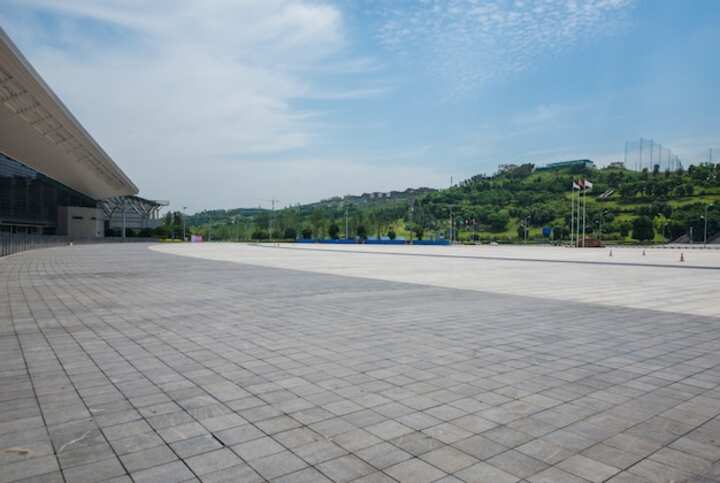
Expert Guide to Professional Concrete Driveway Installations
Concrete driveways have become a staple in modern home design due to their durability, versatility, and aesthetic appeal. When installed correctly, they can significantly enhance the curb appeal and resale value of a property. However, professional installation is crucial to ensure longevity and optimal performance. This guide delves into the essential aspects of professional concrete driveway installations, offering insights into planning, preparation, and execution.
Planning Your Concrete Driveway
Before breaking ground, a well-thought-out plan is necessary for a successful installation. Several factors need consideration, from the layout to the choice of materials. Here are some key points to consider:
- Site Assessment: Evaluate the area where the driveway will be installed. Consider the slope, drainage, and soil type. Proper assessment helps in identifying potential challenges that might arise during the installation.
- Design and Layout: Decide on the shape and size of the driveway. A driveway should complement the architecture of the house and meet local regulations. Read more about this topic here.
- Material Selection: Choose the right concrete mix based on climatic conditions and intended use. High-traffic areas require a more robust mix to withstand wear and tear.
Preparation Steps for Installation
Preparation is critical to the success of a concrete driveway installation. Proper groundwork ensures a stable foundation, preventing future issues such as cracking or sinking.
- Excavation: Remove existing material and vegetation from the site. Excavation must be deep enough to accommodate the sub-base, base, and concrete layer.
- Sub-base Installation: A sub-base, usually composed of crushed stone or gravel, provides a solid foundation. It aids in even weight distribution and improves drainage. Learn more in this detailed guide here.
- Formwork Setup: Use wooden or metal forms to outline the driveway. They hold the concrete in place during pouring and curing.
Concrete Pouring and Finishing
The actual pouring and finishing of concrete are crucial stages that determine the driveway's final appearance and performance.
- Mixing and Pouring: Ensure the concrete mix is prepared correctly to achieve the desired strength. Pour the concrete evenly within the forms, avoiding air pockets.
- Leveling: Use a screed to level the concrete surface. This process is vital to ensure a smooth, even finish.
- Finishing Touches: Apply finishing techniques like brooming or stamping for texture and slip resistance. Explore further insights here.
Curing and Maintenance
Proper curing of the concrete is essential to achieve full strength and durability. Maintenance plays a significant role in prolonging the life of a concrete driveway.
- Curing Process: Keep the concrete moist for at least a week after pouring to prevent premature drying and cracking.
- Sealing: Apply a concrete sealer to protect against stains and weather damage. This step enhances the driveway's appearance and lifespan.
- Regular Maintenance: Regularly clean the driveway and address any minor cracks promptly. Periodic resealing is recommended to maintain protection. Find additional information here.
Conclusion
A professionally installed concrete driveway is an investment that offers numerous benefits, including increased property value and enhanced aesthetics. By following a structured approach to planning, preparation, installation, and maintenance, homeowners can ensure their driveway remains a functional and attractive feature for years to come. For homeowners seeking to undertake such a project, understanding each step is crucial, and professional advice can be invaluable. Read more about the intricacies of concrete driveway installations here.